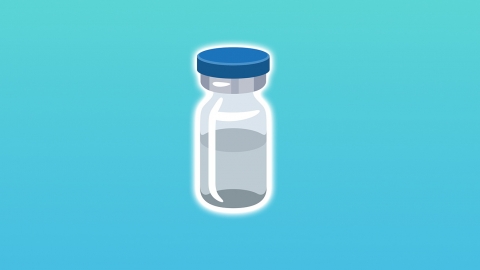How many days does it take for swelling to subside after hyaluronic acid injection?
Hyaluronic acid (HA) filler injection is a common aesthetic medical procedure. It mainly involves injecting hyaluronic acid into the skin or subcutaneous tissue to add volume, improve wrinkles, plump lips, or contour the face. The general reference price for HA filler injections ranges from 2,000 to 8,000 yuan per session. Results are immediate, although achieving a completely natural appearance may take about a week. Local swelling after HA injection is normal, and the duration of swelling varies depending on individual differences. For individuals with faster metabolism, swelling typically subsides in about five days. However, if metabolism is slow, it may take approximately 10 days for the swelling to subside. A detailed explanation is as follows:

Hyaluronic acid injections utilize micro-needle technology to directly deliver hyaluronic acid and other moisturizing and nourishing components into the dermal layer of the skin, increasing skin thickness and elasticity, improving wrinkles, filling depressions, or reshaping the face. In individuals with fast metabolism, blood circulation rapidly transports nutrients to the tissue cells at the injection site while promptly removing metabolic waste and excess water. This helps reduce local congestion and edema, allowing swelling to significantly subside within about five days.
Conversely, individuals with slower metabolism have relatively sluggish blood circulation. The tissue cells at the injection site receive nutrients and eliminate metabolic waste at a slower rate, resulting in prolonged accumulation of excess water and inflammatory mediators locally. This leads to prolonged swelling, which may take about 10 days to resolve.
During this period, patients should avoid strenuous exercise, alcohol consumption, and exposure to extreme temperatures, which can help reduce swelling and accelerate recovery.








